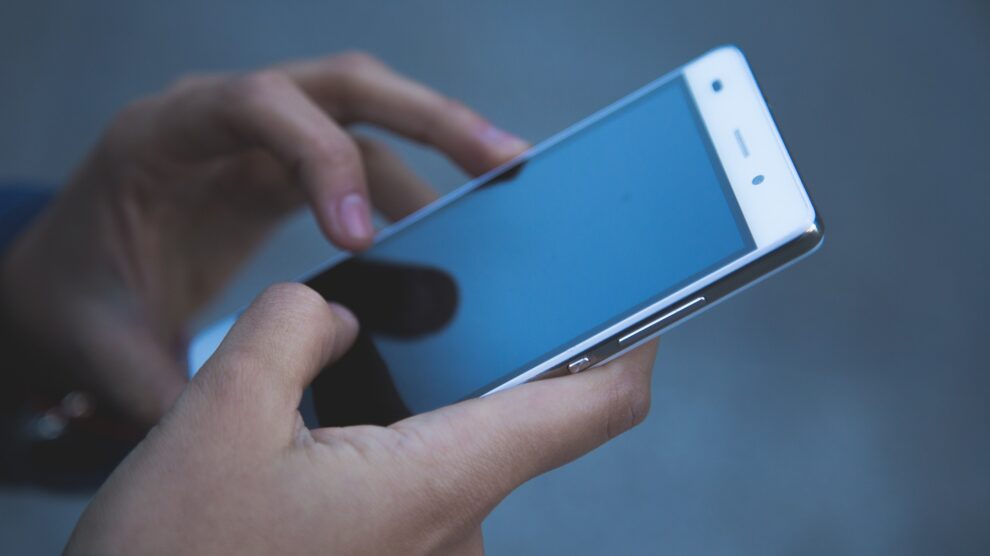When you first launch your app, you’re likely to focus on creating awareness and persuading people to download it. But if you expect to sustain growth, you’ll need your current customers to continue using your app on a regular basis. Your app development and marketing strategies must anticipate dropoff and strategize ways to retain users even before the app makes its first appearance in the Apple and Google app stores.
Incentives in Your App Keep People Coming Back
The key to user retention is to give your customers reasons to keep returning to your app. Customers will respond to incentives that make them believe that what you’re offering is an exclusive reward that’s not available to other users or play into their fear of missing out. Identify which rewards will be most valuable to your customers, and then make them aware that those rewards are available.
How to Identify the Right Incentives for your App
The incentives you choose are highly dependent on the industry you serve, the specific demographics of your target users (such as age, gender, geography, etc.), and what kind of value your app provides. Our Zutobi Driver’s Education app is filled with guides to help students pass their driving tests and other useful information. Customer research will inform your choice of incentives. You may find that your customer base is motivated by free or discounted products. Maybe they want access to premium services at no additional cost. When you discover what draws customers to your app, you’ll have an easier time creating an incentive structure that leads to increased usage.
Making Users Aware of Incentives with Push Notifications
Push notifications can be an especially effective way to communicate your incentive program. When customers are made aware that they must take action quickly or lose the potential reward, they’ll be motivated to act. Personalized push notifications are often well-received because they make customers think that the company is speaking directly to them and trying to satisfy their individual needs.
But keep push notifications to a minimum – an average of less than once per day – or you may risk annoying your customers with endless interference that could make them feel anxious if they don’t respond immediately.
Great Apps Need Great Marketing
You may have developed what you consider the most important and useful app of the new century. But if you don’t have a plan to promote your app to the right people at the right times, your incredible offering will never gain traction. To reach your goal of 100,000 monthly users, think about addressing them in different ways during these three distinct stages:
- Pre-launch
- Acquisition
- User retention
But before you can even think about strategy, you’ll need to conduct market research and determine your campaign goals. With information and objectives in tow, you’ll be able to move forward in creating a strategy for developing the appropriate messaging and reaching your customers in each of those three phases.
How to Make Market Research Work for You
The key learnings you’ll want market research to elucidate include what your target customers desire in an app like yours and what you can bring to the table that is currently being ignored by your competitors. Knowing what customers want and are not currently experiencing can help both in the development of the app and in your messaging strategy.
When reviewing your competitors, study their marketing campaigns to see what’s working and where they fall short. Look at the types of incentives they’re offering their current users, how those users are responding to the app (both positive and negative feedback), and make note of their pricing strategy.
Determine What Response You Want From Your Users
A marketing plan requires measurable objectives so that you can later determine whether or not the plan was effective. The strategies and tactics you put into the plan should work to meet those objectives.
You’ll want to have very specific goals in mind for each phase of the marketing campaign so you can craft effective messaging strategy. For example, during the pre-launch phase of your app’s introduction, your goal may be to increase awareness. Later on, your objective might focus on increasing the number of downloads. Even further along, your goal would likely center around user retention or increased engagement.
Define how you’ll measure whether or not you’ve reached your goal so that you can either continue to use the strategy or trade it in for a new one.
Develop Your Marketing Plan
With your knowledge about your target demographics and your competition in place – and measurable goals to strive for – you’re ready to create a marketing plan that clearly spells out the strategies you’re recommending and the specific tactics you’ll use for each phase of the campaign. You should also include a timeline for achieving your specific goals.
Those tactics may include the types of creative you’ll use, the various incentives you’ll push, the message you want to communicate, and the platforms you’ll rely on to deliver those messages. Make sure that your overall plan is cohesive and aligns with your brand message, aesthetics, and reputation. A well-planned marketing strategy can make a real difference as to how quickly you can see 100,000 monthly users.
Make Sure Your App Continues to Provide Value
Value is defined as how well your app meets consumer needs. But it also encompasses how easy the app is to use. You’ll need to stay on top of news in your industry, changes in your competitors’ offerings, and shifts in what customers need from an app like yours. You’ll be able to track how well your app is serving your users by monitoring number of downloads, usage data, engagement metrics, and uninstalls.
Keep Updating to Bring New Value and Improve Retention
If you do see your numbers slipping, it may be time to test either your product or your marketing strategy. Use A/B testing to find which of two features is most compelling or which message brings the best results. Perhaps you need to refresh the look of your app, add video to increase engagement, find better incentives, or add updated content. Even if your app’s performance is on a good trajectory, it’s still important to keep in touch with your customers to build on what is working well. Your mission is to keep users invested in your app, and that means continuously improving customer experience.
We mentioned personalization earlier, but it’s worth revisiting it. If you can recommend products or content based on someone’s past behavior or personal interest, your customer will recognize the usefulness of your app and will likely remain engaged. For our Zutobi app, we’ve developed practice permit tests for states with complicated driving rules.
Relevant content like this could easily be personalized to address the user by name. Personalization that identifies and satisfies a user’s unique needs will improve retention, build trust, and increase loyalty.
Create an App You Would Use
You may not be in the target demographic, but your experience with using mobile apps provides a good basis for developing an ideal user experience for your customers. Do your research and then put yourself in the mindset of a typical customer. Developing user personas will also help you to think from the perspective of your target. What problem do they have where the solution has not yet been made available? Which kinds of incentives will make them excited to share the app or use it more often? The answers to those questions and your extensive experience using mobile apps will guide you toward developing an app that you’re excited to promote.
The Road to 100,000 is a Long Journey, Not a Quick Trip
Equip yourself with the proper tools and insights to make the journey to 100,000 monthly users a successful one. You’ll reach your destination if you keep your eyes wide to oncoming challenges and react quickly to minor bumps in the road. Maintain a steady speed and make sure not to run out of fuel early on!





